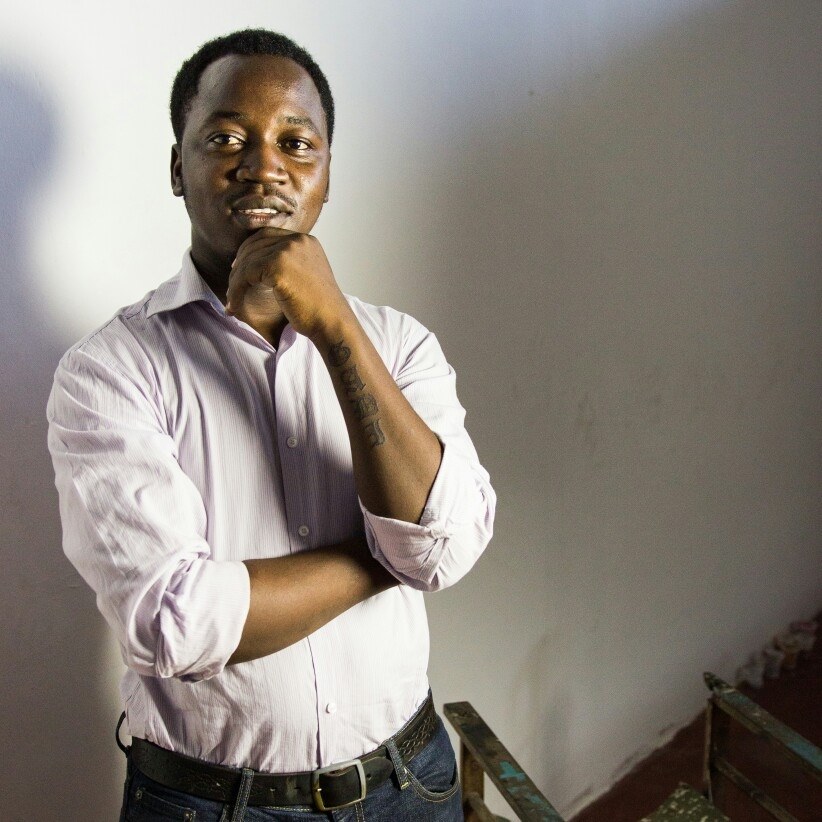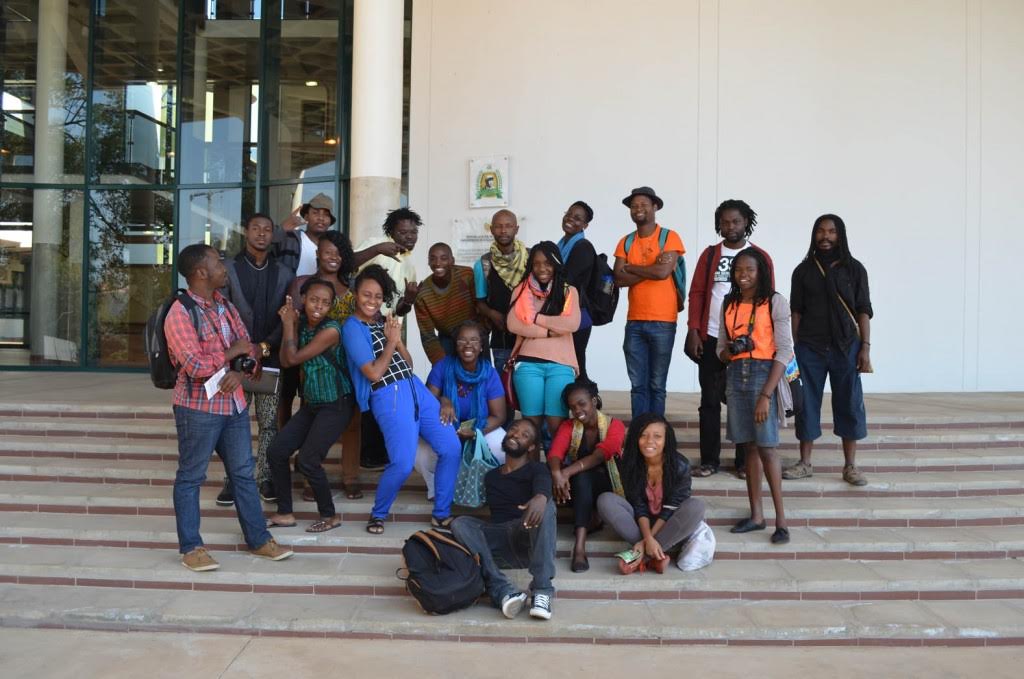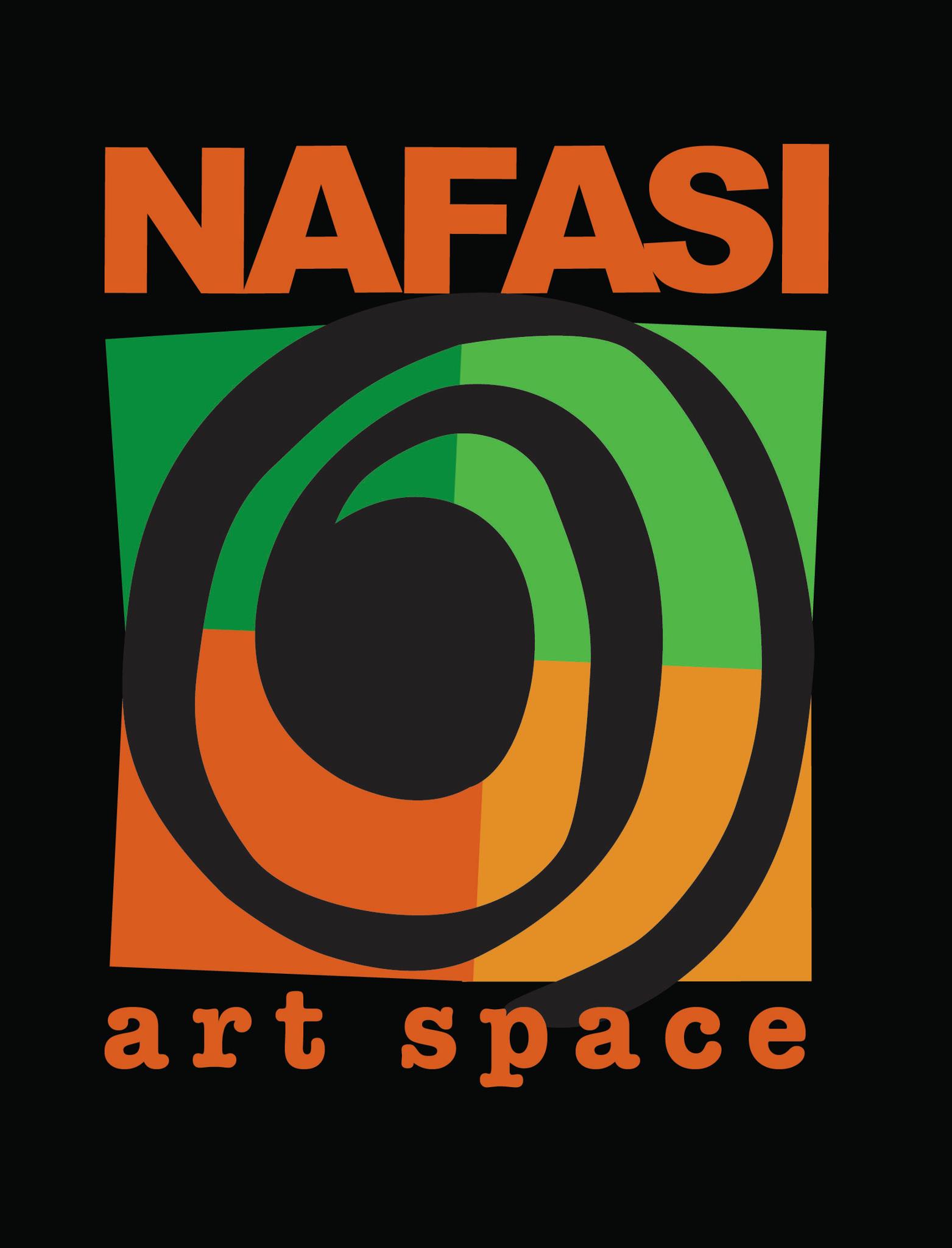Interview: Gadi Ramadhani | Dar es Salaam, Tanzania
Gadi Ramadhani is a young artist and curator who lives and works between Dar es Salam and Lushoto, Tanzania. He is engaged and committed to support Tanzanian artists and to facilitate their exposure to the international art world.
 Hello Gadi, thank you for granting this interview to Emergent Art Space, and congratulations for the upcoming group exhibition ‘Inside I Outside’ that you have curated.
Hello Gadi, thank you for granting this interview to Emergent Art Space, and congratulations for the upcoming group exhibition ‘Inside I Outside’ that you have curated.
When did you discover that you wanted to be an artist?
My interest in art started at a very young age, when I was about 10. It was against my parents’ wish, as they had hoped I would pursue a more usual career, like becoming a pilot, a doctor, or an engineer rather than being an artist. Instead, I studied printmaking at Artist Proof Studio in Johannesburg, South Africa.
What type of art do you do? Is there a medium that you prefer, or you like to work on different media?
In my work I experiment with different media, such as printmaking, digital media and installation. However, my preferred medium is monotype, one of the oldest printmaking techniques. I like it because it allows me the freedom to express myself in a very short period of time. It is spontaneous and less restrictive than most printmaking techniques, which take longer because of different making processes; they are also dependent on studio equipment, which limits the size of work one can produce. With monotype I have found that I am able to translate my ideas very easily and can play with different sizes of paper more freely.

This past Summer you participated as a curator to the Àsìkò Art School workshop in Maputo, Mozambique. Can you tell us more about this initiative, and about the experience, both yours and of the participating artists?
This is an annual program, which takes place in a different country each year. It is coordinated by the Centre for Contemporary Art (CCA) Lagos, based in Nigeria. Asìkò was establish by Lagos famous curator Bisi Silva, with the aim of helping artists and young curators in Africa to develop their careers. For the period of one month several facilitators and guest speakers are invited to teach workshops and share their expertise with the Asìkò group of artists selected for that year.
 It was a very good learning experience. I was exposed to a new environment, language and culture. I had the chance to meet art practitioners from different parts of Africa, and was actively involved in a project with two other young curators: Ms Jepkorir Rose, from Kenya, and Fitsum Tefera, from Ethiopia. At the end of our program we were required to co-curate an exhibition. It was my first experience working collaboratively with other curators and artists.
It was a very good learning experience. I was exposed to a new environment, language and culture. I had the chance to meet art practitioners from different parts of Africa, and was actively involved in a project with two other young curators: Ms Jepkorir Rose, from Kenya, and Fitsum Tefera, from Ethiopia. At the end of our program we were required to co-curate an exhibition. It was my first experience working collaboratively with other curators and artists.
Professional curators like Zoe Whitley (TATE Gallery), Gabriela Salgado (Argentinean curator now based in London), Tamara Garb (an independent curator and art historian based between South Africa and UK), Nontobeko Ntombela (curator and lecturer History of Art and Heritage studies, at the Wits School of Arts – South Africa) and many others gave us their time and helped us to shape our ideas. It was a great learning moment for me, good exposure to other ways of working and a good way to reflect on how I had been working as a curator until then.
A few years ago you founded an art center, Koko’TEN. Its website says that “Koko’TEN…believes in the transformative power of arts… to enrich the lives of artists, young people and communities.” Can you tell us more about this initiative and its goals?
Yes, I established KokoTEN, the first mobile art centre in Tanzania, in 2013.
The aim of this organization is to empower young artists through different forms of networking. Such networking involves providing curatorial consultation to artists and organizations, space to exhibit, promotion of talks, and other forms of opportunities in the visual arts.
As a networking centre we also work at gathering information about art events, projects, initiatives and other opportunities around the world. We are then able to provide and share the information with the local arts community. Our primary goal is to contribute to the development of the arts in Tanzania, particularly the visual arts.
 Before starting KokoTEN I worked as a project manager at Nafasi Art Space [2009 - 2012] and it was through my experience working at Nafasi that I saw the need for such an initiative in Tanzania, particularly the need to inform Tanzanian artists about the developments taking place in the international art world, and similarly to expose and share the practices of Tanzanian artists with the rest of the world.
Before starting KokoTEN I worked as a project manager at Nafasi Art Space [2009 - 2012] and it was through my experience working at Nafasi that I saw the need for such an initiative in Tanzania, particularly the need to inform Tanzanian artists about the developments taking place in the international art world, and similarly to expose and share the practices of Tanzanian artists with the rest of the world.
My encounters and participation in various projects outside of Tanzania have also motivated me to do this type of work. By sharing opportunities and possibilities I believe that we can help artists grow and develop their creative practice. As we don’t have government financial support, this also forces us to constantly think innovatively in order to bring our projects to realization.
I believe that it is through creating our own platform that we can begin to make changes in our communities, and I want be part of the change in Tanzania.
